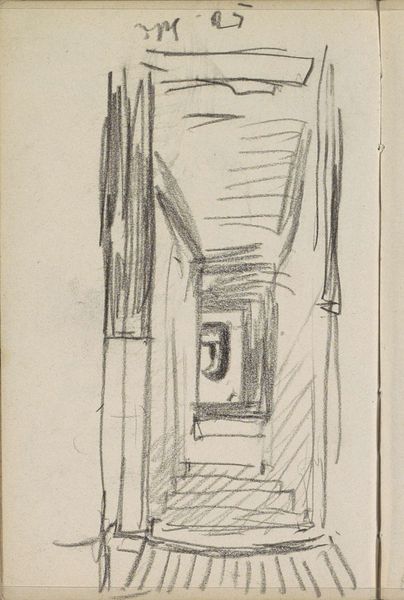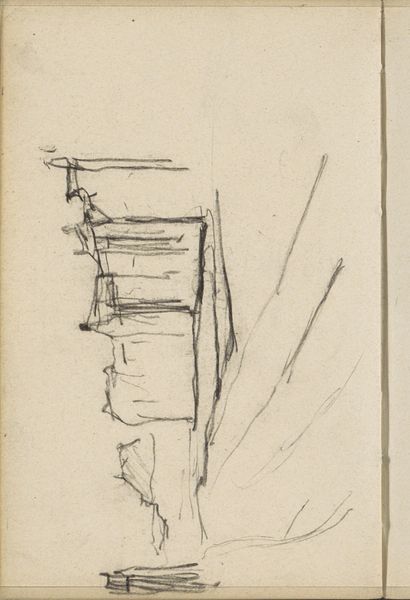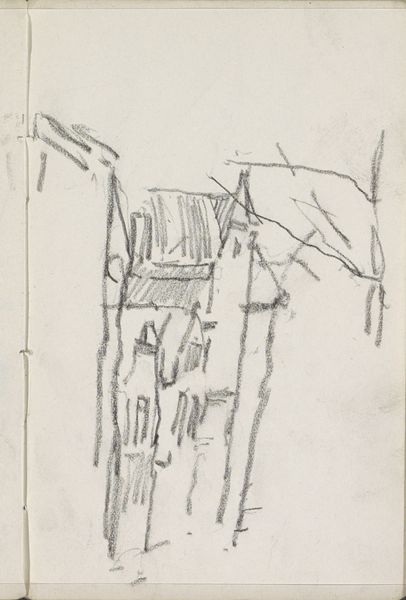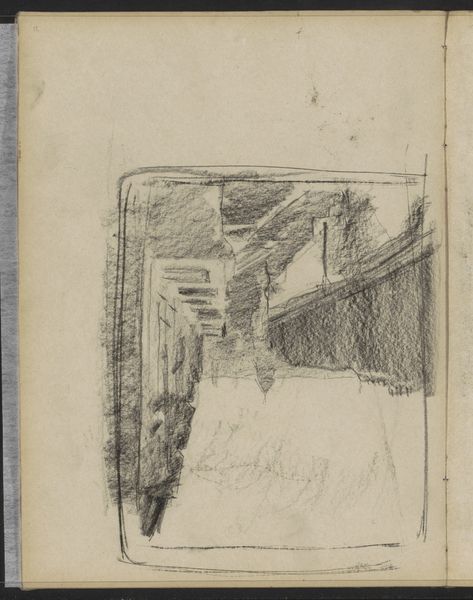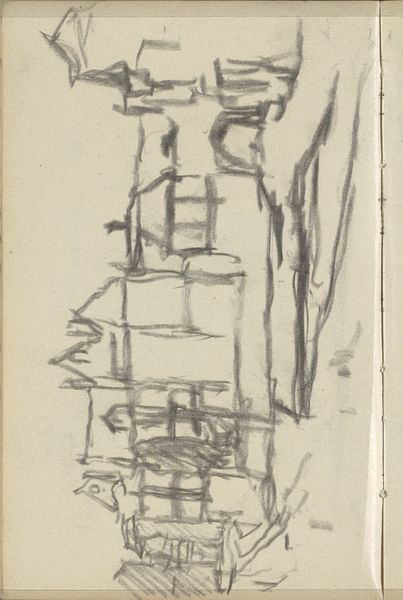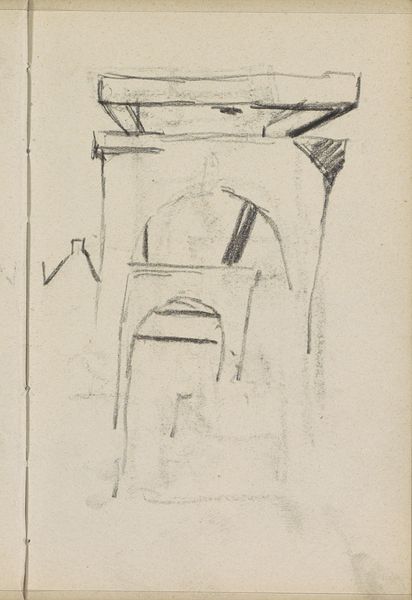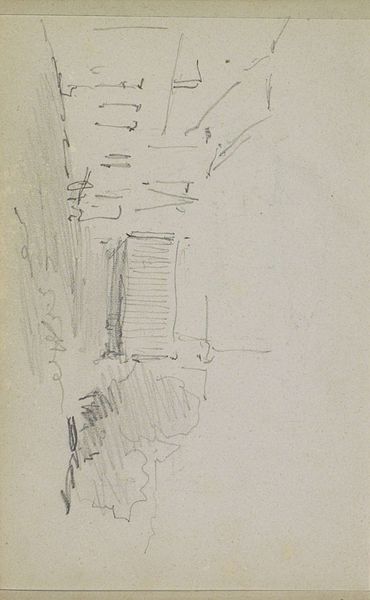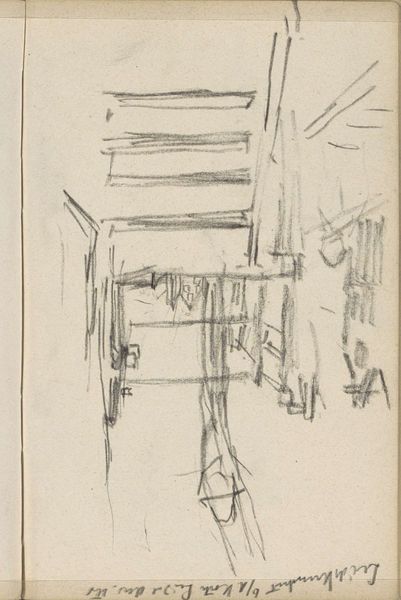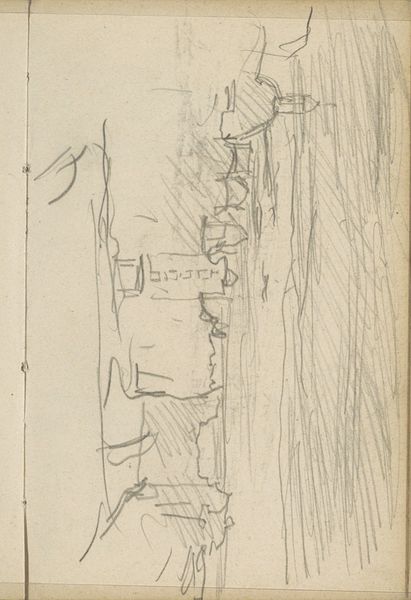
drawing, pencil
#
drawing
#
landscape
#
pencil
#
realism
Copyright: Rijks Museum: Open Domain
Editor: Breitner's pencil drawing, "Poort in Haarlem," created around 1902, presents a somewhat bare rendering of a city gate. The sketch feels almost incomplete. How do you interpret this work, particularly in the context of early 20th-century Dutch society? Curator: This piece provides insight into the rapidly changing urban landscape of the time. Haarlem, like many cities, was undergoing industrialization and modernization. This simple gate becomes symbolic. Do you think it is about control? Does it regulate entry and exit and thus defining who is inside versus who is outside? Is it about class or status, defining social relations within the city? The rough pencil lines hint at the impermanence of such structures in a world being rebuilt. Editor: That’s interesting, I hadn't considered it in light of societal shifts and industrialization. The lines do feel quite raw. Why choose such an unremarkable, fleeting medium like pencil, especially for a supposedly enduring structure like a city gate? Curator: Exactly! This tension, between permanence and impermanence, reveals the artist's political stance. Perhaps Breitner is critiquing the authorities, challenging traditional power structures through art. He may be portraying the marginalization or social exclusion prevalent at the time, through the representation of the gate as a symbol of barriers. What message can this give to viewers now? Editor: That resonates. Now that you frame it that way, it does seem that the gate is more of a divider. Something that sets an area or social group apart from others, even excluding them from it, based on status. Curator: It does not stand just as an illustration. By dissecting the gate and society, we might unearth complex narratives woven into its stonework, revealing marginalized voices. And how this marginalization has affected so many in various communities. Editor: I hadn’t thought about that before. I am certainly leaving this conversation having learned something! Curator: It's precisely through these dialogues we continue challenging perspectives and find relevancy in what could be perceived at first glance to be another landscape image.
Comments
No comments
Be the first to comment and join the conversation on the ultimate creative platform.

